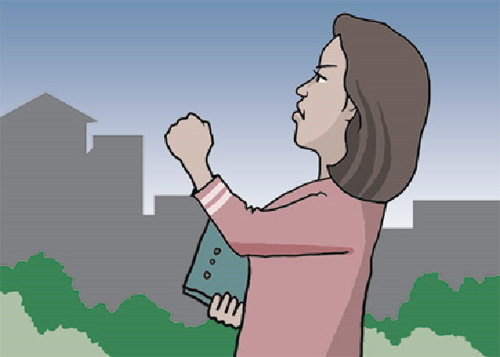Blaze a trail
Blaze a trail
Posted December. 23, 2019 07:34,
Updated December. 23, 2019 07:34

The surface of life resembles the surface of the earth. Forests and deserts represent the privileged and the marginalized of society. Oceans and rivers each indicate richness and poverty, while the green earth and gravelly fields signify an imbalance in opportunities. A desert hopes to become a forest, but finds itself frustrated with lack of a favorable climate. A river admires the luxury of an ocean, but can’t get any closer. A gravelly field gets enraged at fertile soil, but can’t do anything about it. Divisions develop into inevitable conflicts. Discrimination and unfairness beneath the law do not make loud noise; we just feel them under our feet.
One summer day, while I was walking through the campus of Princeton University with my daughter, she stopped and pointed at one of the buildings. “Mom, that is where Michelle Obama used to spend the most time during her college days.” It was a building for social clubs (back then) of African-American students and students of color, and had a modest appearance compared with other castle-like buildings. There, Michelle must have faced social stereotypes, not loud but relentless and persistent. Every time she stood before a chance to climb a social ladder, she must have asked herself time and time again. “Is this something I can achieve? Yes, I can.”
Unlike a forest, a desert has unedited toughness. A river has hopes that it can flow into an ocean. A gravelly field can also have a dream; when met with a huge excavator, it may discover in itself a large amount of valuable minerals. Nature has climates, while we have opportunities. A climate has an influence that can fertilize a desert. Similarly, opportunities have power that can let us rise and change, if and only if we do not get frightened in advance and give up in the face of the inequality of opportunities.







